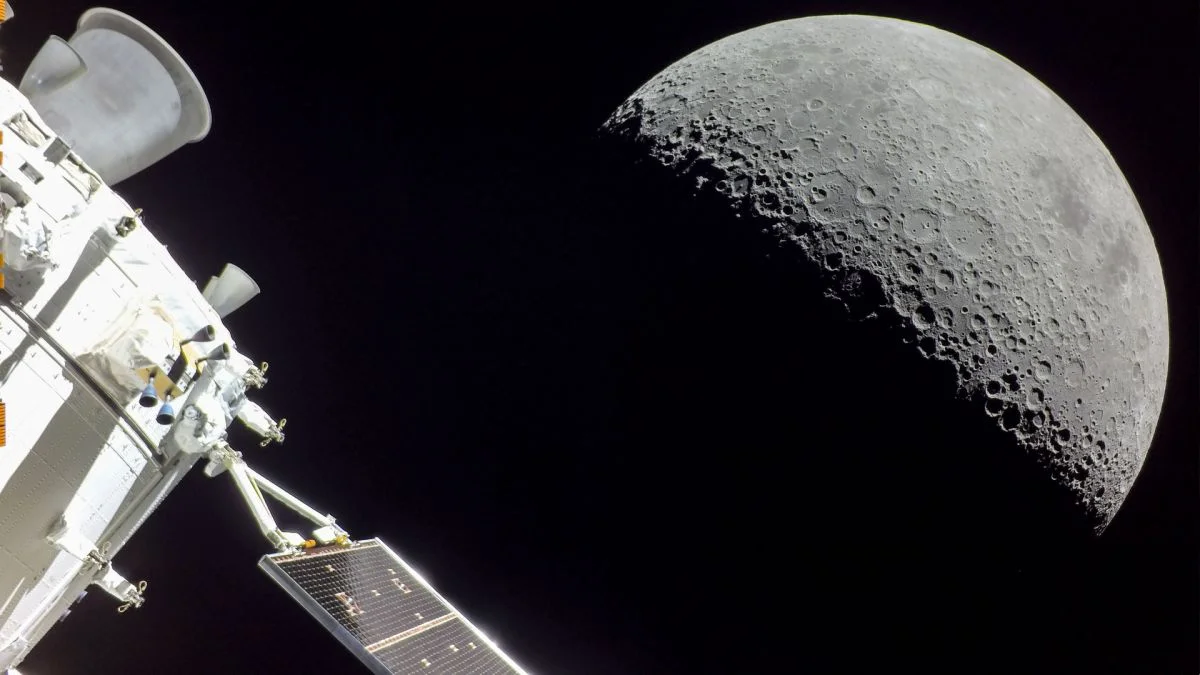The moon, that luminous orb hanging in the night sky, has long captured human curiosity and imagination. Over the years, numerous countries have embarked on audacious missions to reach its surface, leaving indelible marks on lunar history.
Here is a glimpse into the nations that have successfully made their way to the moon’s rugged terrain.
United States:
The United States spearheaded lunar exploration with its iconic Apollo program. The Apollo missions, notably Apollo 11, made history by landing humans on the moon. In 1969, Neil Armstrong’s words, “That’s one small step for [a] man, one giant leap for mankind,” resonated across the globe as he and Buzz Aldrin became the first humans to walk on the moon. The U.S. continued its lunar journey with subsequent Apollo missions, conducting experiments and gathering invaluable data.
Russia:
The Soviet Luna program marked the beginning of human-made objects reaching the moon’s surface. In 1959, Luna 2 achieved the distinction of being the first spacecraft to impact the moon. The Soviet Union’s robotic landers and orbiters, like Luna 9 and Luna 24, provided significant insights into lunar geology and composition.
China:
China emerged as a prominent player in modern lunar exploration through its Chang’e program. The Chang’e missions have achieved remarkable milestones, including soft landings and rover deployments. China’s Chang’e 4 mission created history by landing on the moon’s far side, a region that remained unexplored until then.
India:
After a failed attempt nearly four years ago, India made history by becoming the first country to touch down near the little-explored South Pole region and joining the United States, Russia, and China in achieving a moon landing. India’s Chandrayaan-3 mission, led by the Indian Space Research Organisation (ISRO), successfully landed the Vikram lander on the lunar surface. While the Chandrayaan-2 mission faced challenges during its attempted landing, India’s Chandrayaan-1 mission in 2008 marked its presence by successfully orbiting the moon and conducting scientific research.
As humanity’s journey to the moon continues, these missions reflect the collaborative and innovative spirit that drives space exploration. Beyond flags and footprints, lunar exploration contributes to our understanding of the cosmos and paves the way for future interplanetary ventures. With new technologies and ambitious plans on the horizon, the moon remains a testament to humanity’s unyielding desire to explore the unknown.




